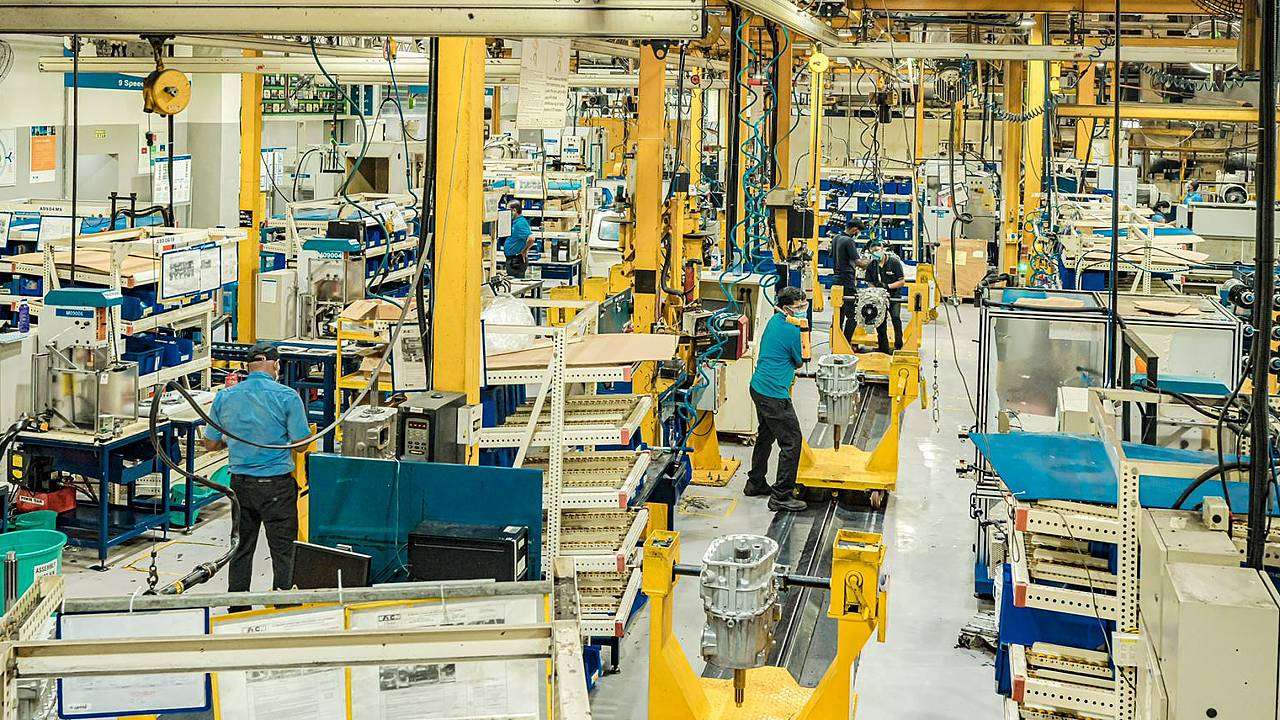
ICRA anticipates a slowdown in revenue growth for the Indian auto component industry in FY2025. The industry, represented by a sample of 46 auto ancillaries with aggregate annual revenues exceeding INRs 3,00,000 crore in FY2024, is expected to see revenue growth ease to 5-7%, down from approximately 14% in FY2024. This moderation is primarily attributed to a slower pace of growth in the domestic original equipment manufacturer (OEM) segment and subdued export demand due to weak global economic conditions and geopolitical tensions.
Operating Margins, Capex
Operating margins are projected to improve by around 50 basis points year-on-year in FY2025, benefiting from better operating leverage, higher content per vehicle, and value additions. However, margins remain susceptible to fluctuations in commodity prices and foreign exchange rates. ICRA projects the industry to invest INR 20,000-25,000 crore in FY2025 for capacity expansion and technological advancements. This capital expenditure (capex) is expected to remain around 8-10% of operating income over the medium term, bolstered by the Production-Linked Incentive (PLI) scheme aimed at accelerating investment in advanced technology and electric vehicle (EV) components.
Domestic Demand
Vinutaa S, Vice President and Sector Head – Corporate Ratings at ICRA Limited, emphasised that over 50% of the industry's sales come from domestic OEMs. The growth rate in this segment is expected to moderate in FY2025. Replacement demand is projected to grow at 5-7% after several years of healthy growth, despite a relatively weak first quarter in the current fiscal year.
Exports
Exports, which constitute nearly 30% of the industry's revenues, are likely to be impacted by sluggish growth in end-user markets. Nonetheless, Indian auto component exporters are poised to benefit from vendor diversification initiatives by global OEMs and increased outsourcing. Additionally, the aging vehicle population and rising sales of used vehicles in global markets are expected to boost demand for replacement components.
Challenges & Opportunities
The industry faces logistical challenges, such as the disruption along the Red Sea route, which has led to a surge in container rates by 2-3 times in 2024 compared to 2023 and increased shipping times by approximately two weeks. This sharp rise in freight rates could affect margins for auto component exporters, especially since a significant portion of exports and imports are linked to North America and Europe.
Liquidity / Credit Profile
The liquidity position of the industry remains robust, particularly among Tier-1 players, supported by stable cash flows and earnings. Coverage metrics are expected to remain healthy, aided by strong accruals and relatively low incremental debt despite rising borrowing costs. The majority of auto ancillary players rated by ICRA are in the investment grade, reflecting stable cash accruals and manageable debt levels. Rating upgrades have outnumbered downgrades since FY2022, indicating an overall improvement in credit profiles.
EV Supply Chain / Localisation
Currently, only 30-40% of the EV supply chain is localised. While there has been significant progress in localising traction motors, control units, and battery management systems, battery cells—which account for 35-40% of vehicle costs—are still entirely imported. This low level of localisation presents manufacturing opportunities for domestic suppliers. The EV policy for 2024, focusing on electric four-wheelers, is expected to generate additional demand for local component makers due to mandated domestic value addition. Additionally, the transition to EVs is expected to impact the demand for internal combustion engine (ICE) components, though technological advancements and the rise of alternative fuel vehicles could offset this impact.
Long-Term Outlook
ICRA projects that EVs will account for about 25% of domestic two-wheeler sales and 15% of passenger vehicle sales by 2030, creating a substantial market for EV components. Although the transition to EVs may reduce demand for engine and drivetrain components, new product supplies, alternative applications, and export opportunities are expected to mitigate this impact. The transition is anticipated to be gradual, with ICE components continuing to see significant demand in the medium term.
Regarding investments, Vinutaa added, “ICRA’s interactions with large auto component suppliers indicate that the industry incurred over INR 20,000 crore in capex in FY2024 and is estimated to spend another INR 20,000-25,000 crore in FY2025. These investments will focus on new products, development for committed platforms, advanced technology, and EV components, along with capacity enhancements and regulatory compliance. Although research and development (R&D) expenditure remains relatively low at 1-3% of operating income, the PLI scheme is expected to accelerate capex towards advanced technology and EV components.”
In summary, while the Indian auto component industry faces moderated growth and logistical challenges, it is well-positioned to capitalise on emerging opportunities in the EV segment and vendor diversification initiatives. Robust liquidity, strategic investments, and a focus on advanced technologies will be critical in navigating the evolving landscape and sustaining long-term growth.
NB: Photo is representational; courtesy – Eaton India.
Also Read:
Evolving Role Of Non-Ferrous Materials In Automotive Supply Chain: ACMA